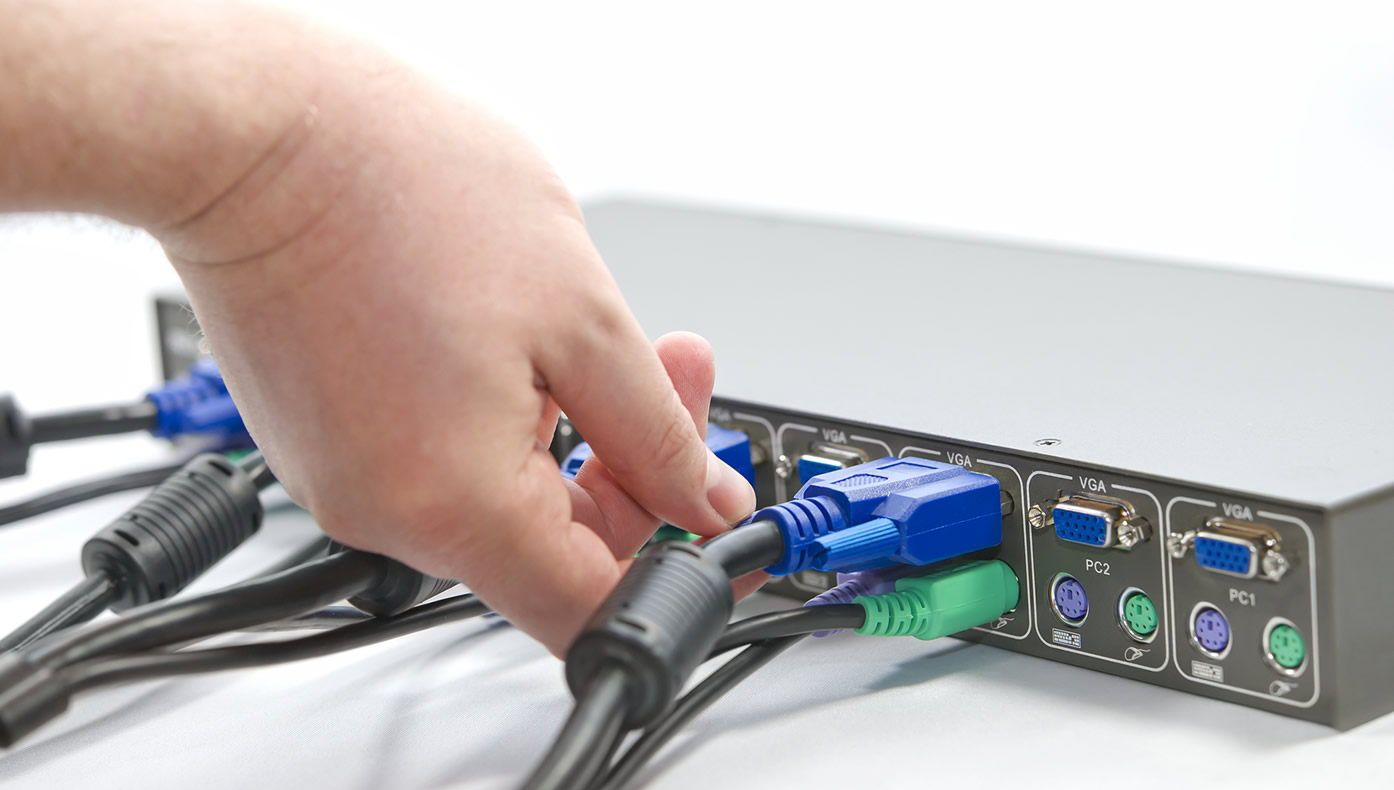The Raritan Blog
Home » Raritan Blog
How to Improve Capacity Planning with Rack Mount Power Strips
Anthony Bonaventura
August 20, 2014

Intelligent rack mounted PDUs can be the centerpiece of understanding how much you know — and don’t know — about power consumption in your data center.
Back when power was cheap and managing how it was used was a low priority, managers could rely on nameplate specifications for IT devices to predict power consumption and determine the capacity of their data centers. In fact, some data centers still rely on this methodology to manage their capacity.
Basic Rack PDUs Vs Intelligent Rack PDUs
Minder Singh
August 14, 2014

Power distribution Units or PDUs really boil down to two types: basic and intelligent PDUs (or more succinctly, iPDUs). Basic PDUs merely deliver power to IT devices. Aside from that, basic PDUs don’t bring much else to the table. iPDUs on the other hand, provide a number of innovative features that can help data centers manage their energy resources more effectively. Here are some of the most important features that set iPDUs apart from basic PDUs.
The Dominion KX III KVM-over-IP vs the KX II: What’s Really the Difference?
Richard Dominach
July 29, 2014

A common question I get is: what is the difference between the new Dominion KX III and the previous generation KX II KVM-over-IP systems? The short answer is: KX III is our next generation KVM-over-IP switch family that is compatible with the KX II, can do virtually everything the KX II can do (at the same price point), but with dramatically improved performance and support. The KX III is compatible with the KX II in terms of user features, the user interface, CIMS (server dongles) and CommandCenter management. Here are some other notable features.
How Having a USB Port on a Rack PDU Is both Unremarkable and Extraordinary
Michael Bord
July 23, 2014

Every Raritan intelligent rack PDU comes equipped with USB ports that allow users to perform a variety of amazing tasks. But, for some reason, USB ports don’t fill most people with much excitement. The USB port has become the technology analog to vanilla, or at the very least to claiming that a ‘thing’ is vanilla: bland, commonplace, and ordinary. It was developed back in 1994 by a computing giant's roster that included: Compaq, Dell, IBM, Intel, and Microsoft; all of whom had the goal of providing an easier way to connect external devices to personal computers.
Understanding the Four Categories of KVM Switches
Hugo Lin
July 21, 2014

A KVM Switch is a hardware device that allows you to control multiple computers via a single keyboard, monitor, and mouse (KVM). The first KVM switch was created as a testing tool for motherboard and production server quality tests, and only supported video and keyboard since the mouse hadn’t been invented at that time. And as computer technology continued to evolve, so did KVM switches which led to the development of a variety of types for different systems and applications. Here are the four categories of KVM switches.
Subscribe
Upcoming Events
- Advancing Data Center Construction West 2024
- May 6 – 8 • Salt Lake City, UT
- Net Zero Data Center
- May 16 – 17 • Dallas, TX
- 7x24 Exchange Spring
- June 9th • JW Marriott Orlando Grande Lakes
Latest Raritan News
- Legrand Certifications and Process Controls Provide Confidence in Information Security for Network-Connected Devices in Data-Related Applications
- Posted on April 1, 2024
- Legrand Releases Version 4.0 of Raritan’s Industry-Leading Secure KVM Switches, Raising Bar for Secure Desktop Access
- Posted on July 31, 2023
- Legrand Revitalizes Data Center Sector with Two Revolutionary Intelligent Rack PDUs
- Posted on May 1, 2023
- Raritan Reveals The MasterConsole® Digital Dual KVM Switch
- Posted on February 18, 2021
- Legrand Data, Power and Control Division Announced as Finalist in Six Categories at DCS Awards 2020
- Posted on November 9, 2020